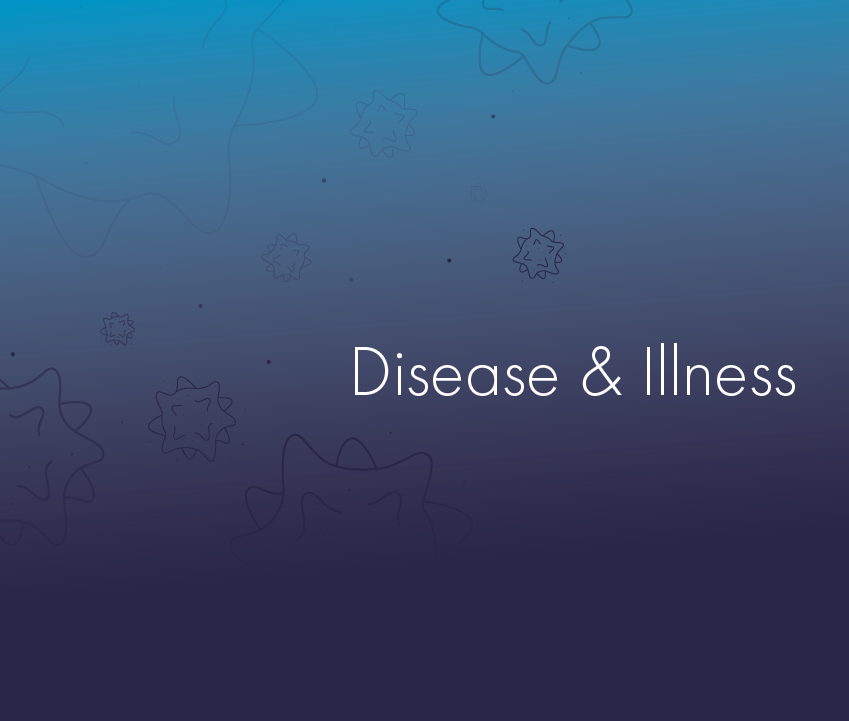Algoma Public Health
Group A Streptococcal Infection
What is Group A Streptococcus (GAS)?
Group A Streptococcus (Strep) bacteria are commonly found in the throat and on the skin. The bacteria can be present and cause no symptoms of disease, but they may also cause infections that range from mild to severe and even life threatening. The majority of GAS infections are relatively mild illnesses, such as “strep throat” or impetigo (common childhood skin infection).
How are GAS infections spread?
They are spread by direct contact with secretions from the nose and throat of an infected person or by direct contact with secretions from infected sores on the skin. The risk of spreading the infection is highest when a person is ill. This could include a “strep throat” or an infected cut or wound.
How quickly do symptoms develop?
Within 1-3 days after coming in contact with an infected person, rarely longer.
Can GAS infections become serious?
If the bacteria reach parts of the body where bacteria are not usually found, such as the heart, blood, deep muscle or the lungs, it can cause a serious infection. When this happens, the infection is called invasive (invasive GAS).
Two of the most severe but least common forms of invasive GAS disease are necrotizing fasciitis and streptococcal toxic shock syndrome.
Necrotizing fasciitis is a destructive infection that affects tissue (e.g. muscle, fat). Streptococcal toxic shock syndrome causes symptoms of septic shock and can affect internal organs including kidneys, liver and lungs.
What are the symptoms of an invasive GAS infection?
Early signs of necrotizing fasciitis may include fever, severe pain and swelling, and redness at the wound site.
Early signs of streptococcal toxic shock syndrome may include fever, dizziness, confusion, red rash and abdominal pain.
Who is at most risk of getting an invasive GAS infection?
Very few of those who come into contact with the GAS bacteria will develop an invasiveinfection.
Those with chronic illnesses like cancer, diabetes and kidney disease (e.g. requiring dialysis) are at a higher risk than generally healthy people. In addition, any breaks in the skin (e.g. cuts, wounds) may provide an opportunity for the bacteria to enter the body.
How is GAS treated?
GAS infections are treated with antibiotics. If the infection becomes invasive, hospitalization may be necessary.
How long is it contagious?
When treated with the proper medication, the person is usually not infectious 24 hours after beginning treatment.
What can the public do to reduce their risk of infections, like GAS?
- If you are a close contact of a person who has recently had invasive GAS, talk to your health care provider or your local health unit.
- If you are a close contact of a person who recently had invasive GAS, within the last 30 days, seek out medical attention immediately if you develop symptoms of GAS infection (skin infection, sore throat, unexplained fever).
- Take care of your wounds. Keep them covered and don’t let them get infected.
- If you are concerned about a wound that becomes increasingly swollen and very painful over a period of hours or days, see a health care professional right away.
- Make sure all antibiotic treatments are completed as prescribed.
- Wash your hands regularly.
For further information contact the Communicable Disease Control Program at 705-942-4646 or toll free at 1-866-892-0172.










